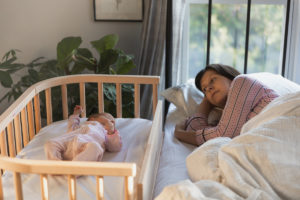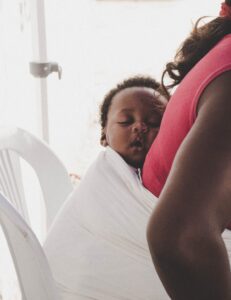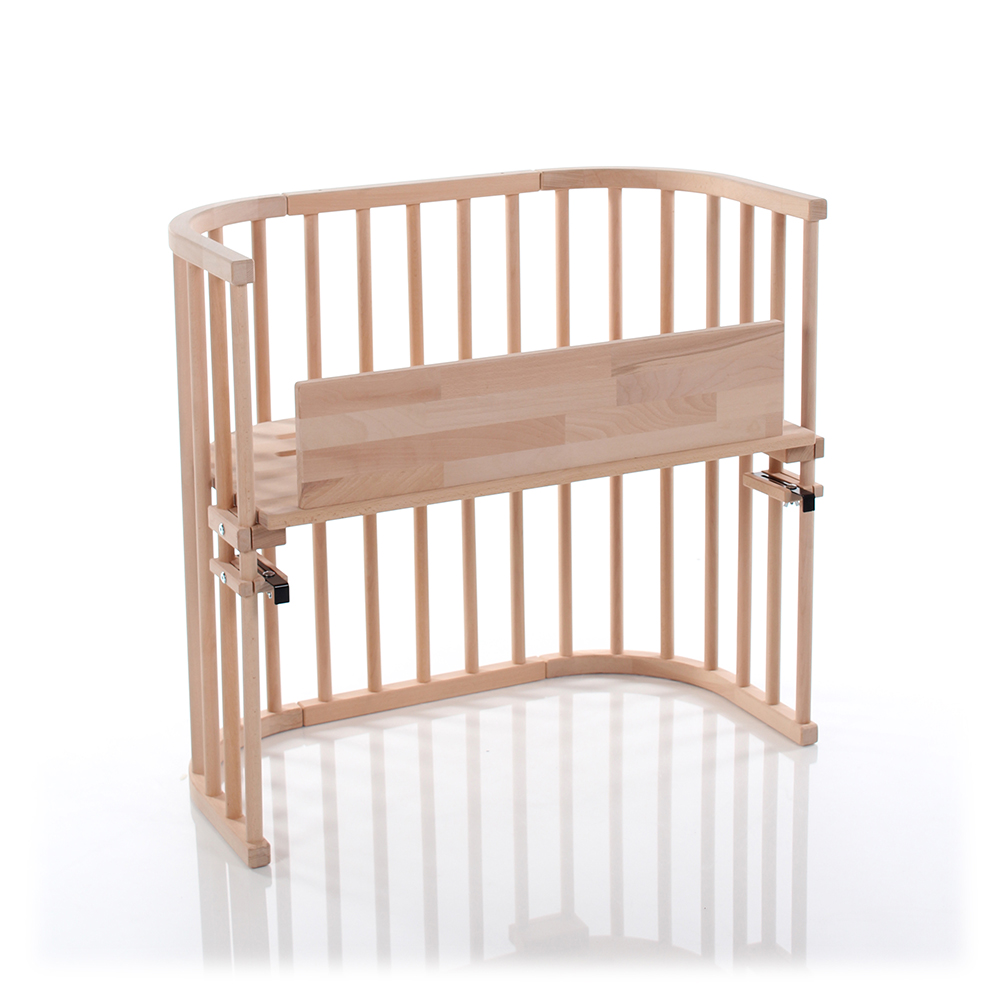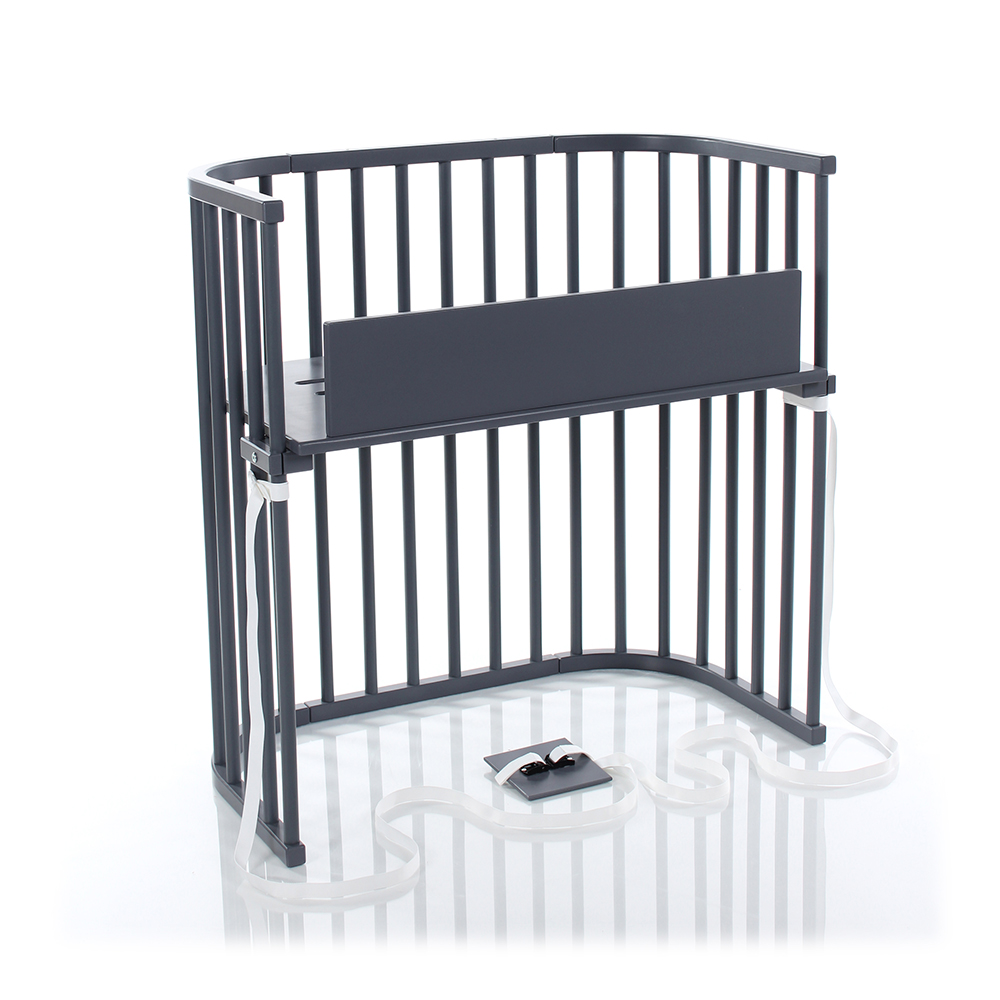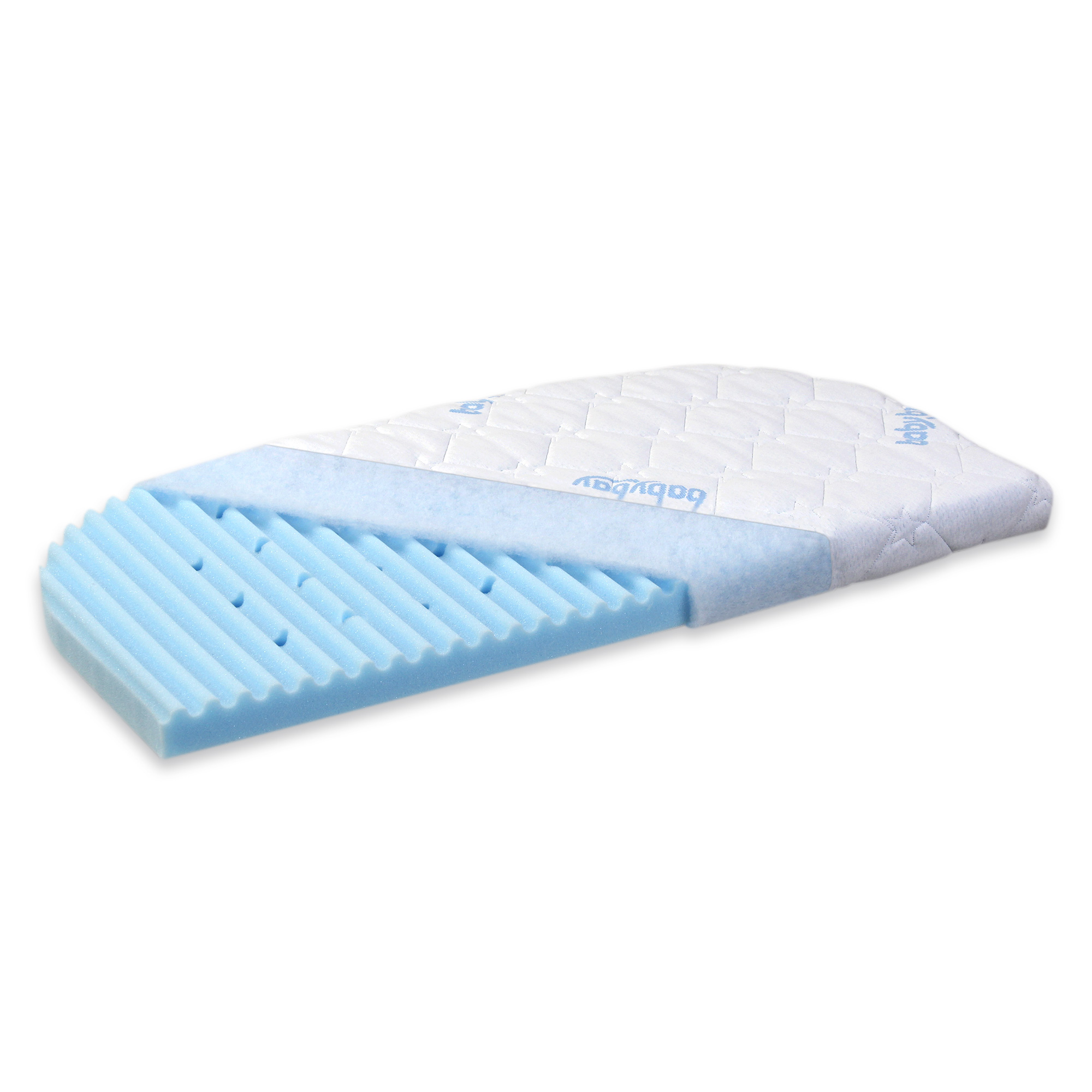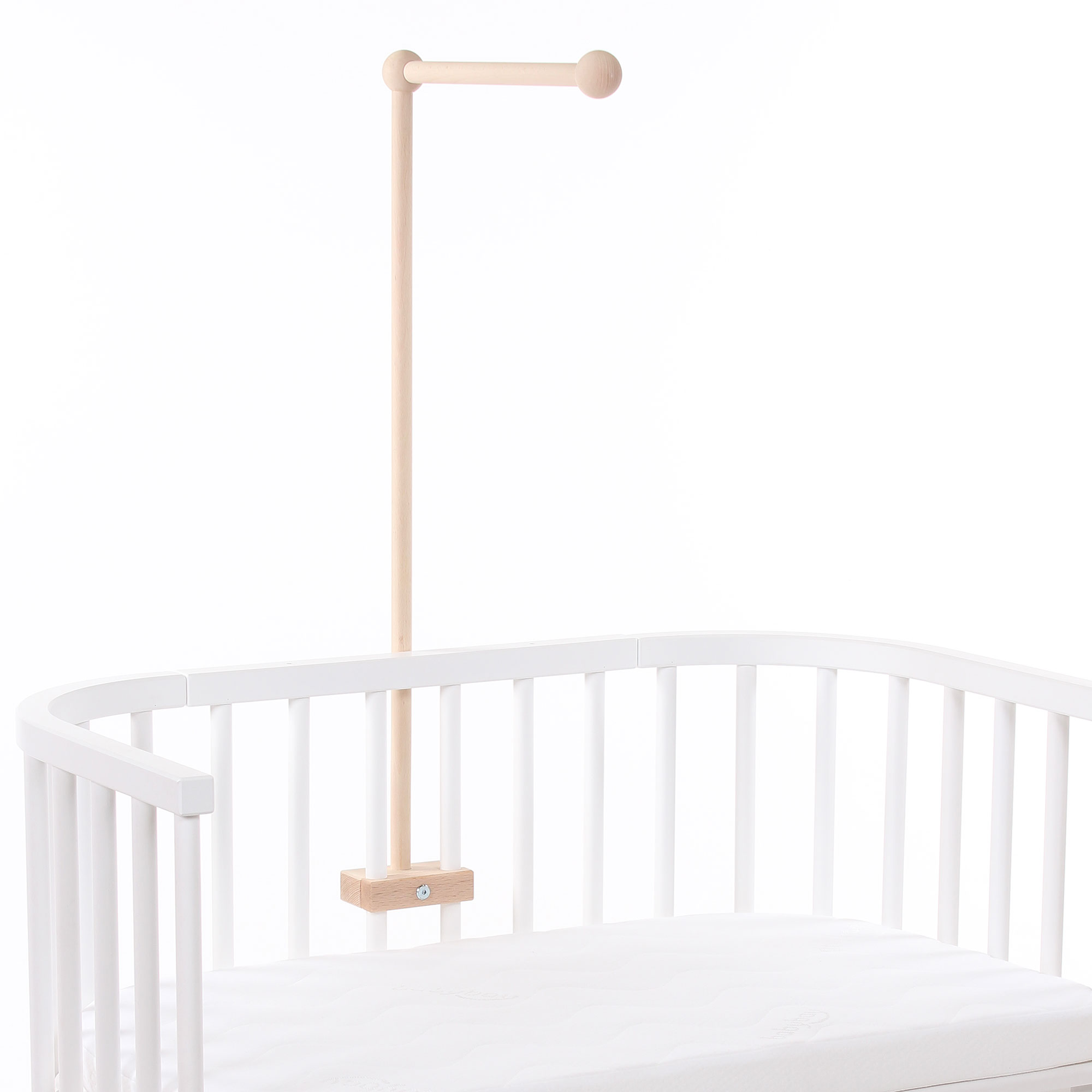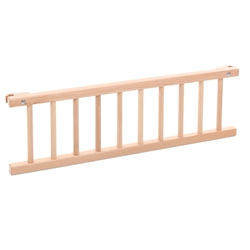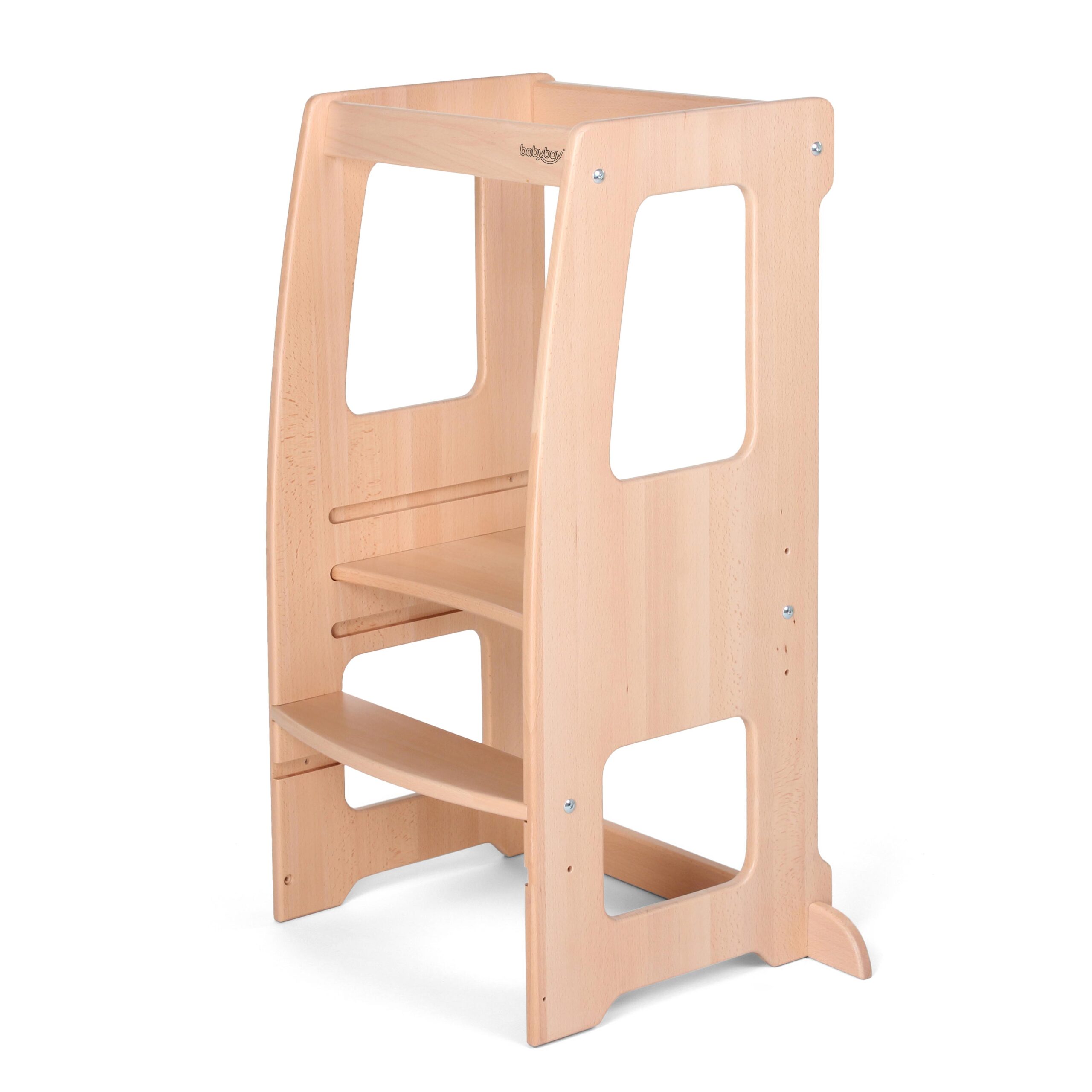Newborns can be a challenge to care for on a normal day. But when you’re:
- Recovering from major abdominal surgery (because yep…whether we like to call it that or not, cesarean sections are considered a major surgery in medical terms)
- While also trying to unlock the secrets to getting quality sleep after C-section (not always an easy task!)
- And also trying to spend all the extra minutes of your day showing love to your new little one as they soak up their first moments in the world…
Well, it can feel like a lot to handle at once.
Your doctor should have provided specific care information to help you through your healing process. But even with this care info in hand, there isn’t a foolproof handbook on how to make it all add up to quality nights of rest.
So if getting enough rest while taking care of your baby and taking care of yourself is feeling like a lot to take on, let us make things a little easier by delivering the top wish-your-doctors-had-told-you-this tips for getting sleep during C-section recovery.
We’re about to break down:
- Why it can feel so hard to get quality rest while recovering from your C-section
- How planning ahead can make it easier to drift into dreamland
- Which C-section sleep position will be most comfortable while speeding your recovery time
- How you could use a bedside bassinet to nighttime nurse and comfort your little one with ease
- How to calm your mind and drift off to dreamland by blocking out distractions
- Why prioritizing self-care is the most important thing you can do for your little one
Why Is Sleep So Difficult After a C-section?
According to one study, mothers who have their baby via C-section average just 4 hours of sleep a night. (That’s 3+ hours less than the average recommended hours of sleep per night for adults.)
Though it’s no secret that it becomes harder — sometimes much harder — for parents to get quality rest after their little one arrives, one preliminary study suggests that mothers who give birth via C-section are particularly inclined to sleepless nights.
This natural inclination toward lack of sleep for mothers giving birth via C-section becomes even more challenging when you think about the fact that parents lose the equivalent of 133 nights of sleep before their little one even turns one.
The “why” behind those sleepless nights comes down to the basics of your little one’s development. With a tiny tummy, they need to feed frequently (as often as every 1-3 hours in their first days) and will need your help to do it.
But just because getting sleep with a newborn is hard (especially after a C-section delivery!), doesn’t mean it’s impossible.
Planning the Days Ahead to Make Sleeping After C-Section Easier
It’s so easy to spend all day, every day staring into your newborn’s eyes and counting their fingers and toes. But there’s a reason why “rest when your baby rests” is some of the most-shared parent advice out there (you might even be sick of hearing it by now!).
This is helpful advice for sleep-deprived new parents in general, but as your body recovers from the C-section it becomes even more important to make rest a priority.
(Remember: a cesarean section is major abdominal surgery that requires some healing time, even if 1 in 3 babies in the US are born this way.)
Get Family, Friends, or a Doula to Lend a Helping Hand
If you have a partner at home, plan for them to take over diaper change duty or meal preparation tasks so that you can get some extra time for shuteye when you need it most.
If you are alone with your baby or struggling to find time to rest, ask friends and family for assistance. Or consider hiring a postpartum doula to spend time with you and your baby in the early stages.
Keep in mind that these early days sleeping with your newborn baby are just a small part of your journey. The better you take care of yourself during these days, the faster your cesarean section recovery can happen. But don’t feel pressured to rush toward recovery — the more you let yourself heal, the quicker your body will recover.
Prioritize a Healthy Mindset
Making a conscious effort to take care of yourself while caring for (and bonding with!) your newborn will help ease your exhaustion and get you back to feeling like yourself.
It will also help you maintain a healthy mindset, which is the key to turning all those early moments with your newborn baby into quality bonding time.
If you begin to feel depressed, feel negative emotional changes, or feel in a constant state of fatigue beyond the first couple of weeks after your cesarean section, you may be experiencing postpartum depression.
According to one study, depression can become more common in mothers whose C-section delivery is accompanied by poorer sleep quality.
And even for individuals who are not pregnant or post-delivery, sleep plays a big factor in the prevalence of depression symptoms. People with insomnia are 10x more likely to develop depression than people who get the recommended 7+ hours of sleep a night.
Meaning that you shouldn’t hesitate to get additional support if you feel that your lack of sleep is beginning to negatively affect your well-being.
In these cases, reach out to your health care professionals for help and get an assessment of your situation (because even with the best support network on the planet, we could all use a little support from our care team too!).
How to Sleep After C-Section: Best Positions and Tips
Prioritize Your Comfort While Sleeping with Your Newborn
There’s not one universally comfortable position to help you get sleep after a cesarean section. It may take some trial and error (and some extra pillows!) to find a position that will help you relax without pain.
Some commonly-loved sleeping positions after a C-section include:
- On your back
- On your side
- In a recliner
- With an elevated upper body
Take your time and try out different arrangements to see what works. Make sure you carefully move between positions and try not to strain or overexert yourself while getting in to (or out of) your bed or recliner. Your main goal is to rest comfortably and reduce any stress on the incision site — keeping that goal in mind can help you find a position that makes it easy to effortlessly relax.
Sleeping On Your Back After C-Section
According to the Specialty Surgery Center, the best sleeping position after C-section (and most surgeries in general!) is on your back. In most cases, sleeping on your back may be the best option to relieve any pressure on your incision. Try placing a pillow under your knees or sometimes a smaller pillow for your neck to find a balance that works for you.
If you’re sleeping on your back, it is very important not to sit up directly from this position. Rolling to your side and using your arms to help you sit up will protect your recovering abdominal muscles.
The University of Washington Medical Center recommends the “logroll” method to get yourself out of bed (this will make you more comfortable while also protecting your abdominal muscles).
To perform the log-roll:
- Before you move your feet off the bed, roll onto your side with your knees bent
- Move your feet off the bed, using your arms to push your body up to a sitting position
- Try to keep your abdomen relaxed
- Sit on the side of the bed before you stand up
Sleeping on Your Side

You may still need that full-body pregnancy pillow around to support your belly and hips. But whether you go with or without extra cushioning, this well-loved C-section sleep position might make it easier for you to get into and out of bed.
Many new moms find the side-lying position is the most comfortable breastfeeding position while recovering from a C-section.
If you do decide to breastfeed with your baby in this position, make sure to keep your baby safe and move them out of your bed before you fall asleep. Or choose to use a bedside bassinet that lets you easily breastfeed and comfort your little one without having to leave your bed or aggravate your healing by reaching over crib bars.
Sleeping In a Recliner
If you’re breastfeeding, you may already be spending a lot of time in the recliner.
Similar to sleeping on your back in bed, resting in a
recliner can be an option that takes pressure off your abdomen and makes resting more comfortable.
Depending on the style of your chair, you may have a foot rest attached or a separate ottoman. Try out different adjustments, or supplement your cushions with small pillows or a rolled-up blanket to get things just right.
Recliners don’t offer quite the same quality of rest as sleeping in your bed, but this can be a great option for an afternoon nap or just a few minutes of shut-eye to recharge.
Sleeping with an Elevated Upper Body
A study published in the journal CHEST found that sleeping at a 45-degree angle helps you breathe easier, without interfering with the quality or duration of your sleep. That’s why doctors will often recommend this position for postpartum mothers at risk for obstructive sleep apnea.
But even if obstructive sleep apnea isn’t a concern for you, this position can make your sleep more peaceful by helping you get your breathing pattern get into a comfortable flow.
If you have a wedge pillow handy, you can try to use it to elevate the entire upper body. If there isn’t a wedge pillow around, you can still get the same benefits with a carefully arranged pile of pillows.
For even more support, you can prop pillows under your knees and use the log-roll method (cited above) to get out of bed with ease.
Beyond Your C-Section Sleep Position: Getting Better Sleep with a Bedside Bassinet
Many moms who start out with a more traditional crib setup switch over to a bedside bassinet or bedside co-sleeper as they recover from a C-section. That’s because reaching over crib bars or getting out of bed to nurse or care for your little one can be uncomfortable as your body heals.
To limit the stress on your body — while also comfortably nurturing your little one all night long — you can try setting up a safe and secure bedside bassinet by your bed so that your baby remains easily within reach.
This will minimize the number of times you have to get out of bed during the night while giving your healing abdomen a much-needed rest.
How to Block out Distractions for Better Sleep
It’s a story that every parent is familiar with: Your baby is finally ready for a nap. But just as you start to doze off bedside them…they start waking up.
Getting into a restful mindset and falling asleep as quickly as possible can be a struggle on a normal day, but when the stress of staying on your baby’s schedule gets added to that — well, it can make it near impossible to get rest.
Consider keeping an eye mask nearby to block out some light as you rest during the day. Then plan some unplugged rest time away from your electronics to help to disconnect and mentally recharge. Turn off your notifications if possible, or set your device away from you so you’re not tempted to pick it up during your dedicated rest time.
Why You Should Stay Focused on Self-Care
It’s totally normal to want to focus all your extra attention on being with your newborn during their first weeks. But after a C-section, making room for your own recovery and health also needs to be a priority.
Remember that by taking care of yourself, you’re taking care of your family.
Your body has gone through some amazing changes in the last nine months, and there are more changes ahead as your hormones and body recover from giving birth. You may experience a roller coaster of emotions during this time, which is absolutely normal.
As long as you give your body and mind the rest and recovery it needs (by prioritizing your need for sleep after C-section), you’ll be back to feeling like yourself in no time — with plenty of energy to enjoy every minute with your loved ones.




